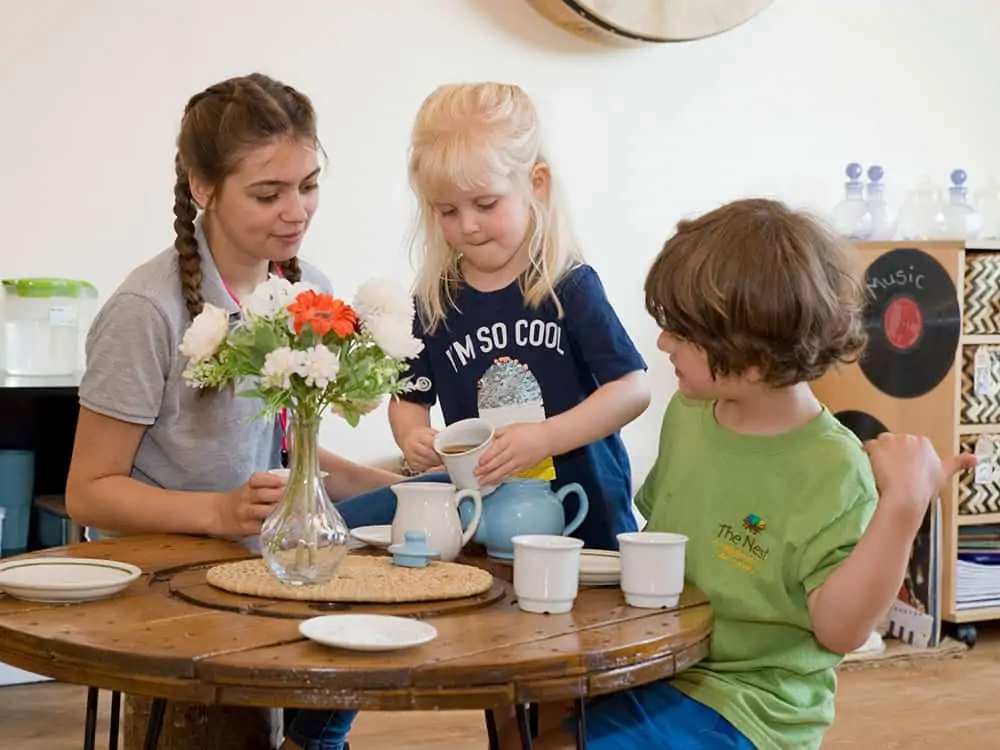Indoor air pollutants

Over recent decades changes to buildings, their contents and our lifestyles have impacted indoor air quality. Furnitures and flooring are now more likely to be made from composite wood. Carpets are often made with synthetic fibres rather than wool or cotton and treated with stain repellents and flame retardants. Cleaning products containing chemicals and perfumes. There can be a lack of ventilation in homes which increase air pollution.
Due to the pandemic people are spending more time indoors and children spend more time inside than in previous decades, on average children only spend an hour outside each day.
What is polluting our homes?
- Biological pollutants: for example; dust mites, mould, bacteria, viruses.
- Carbon monoxide and nitrogen dioxide; from open fires, gas cooking tobacco smoke and heating.
- Formaldehyde; building materials, furniture, carpets, curtains and other household products.
- Pesticides; such as insecticides and antimicrobial disinfectants. These can settle on surfaces and persist in the air.
- Particulate matter; (inhalable solid particles) a huge variety of chemical compounds; cooking, cleaning, burning( including open fires, candles and incense), smoking.
- Volatile organic compounds(VOCs) ; these are emitted from household products such as cleaning and personal products, furniture, carpets, paint, building materials, solvents, air fresheners etc.
- Airbourne microplastics; mostly from the breakdown of manmade clothing.
- Radon; a radioactive carcinogenic gas naturally present in some soil and rock. This can enter walls through cracks and the ground.
Early exposure
The first 1,000 days of life, from conception to a child’s second birthday is a when the foundations of optimum health, growth and neurodevelopment are established. It is during this critical window of gestation and childhood development that children are most vulnerable to damage from air pollution.
In the womb the foetus is vulnerable its mother’s exposure pollution.
Children breathe faster than adults because they have a higher resting metabolic rate. Infants breather three times as much and six year olds breathe twice as much air as adults. Consequently they take in more air and more pollutants relative to their body weight.
Newborns spend more time indoors where they are more susceptible to household pollution.
What can we do:
- Open windows
- Use an extractor fan when cooking
- Consider an electric stove rather than gas
- Consider buying second hand furniture
- Limit the use of plastic toys
- Use eco friendly cleaning products
- Do not use candles when children are present
- Limit aerosol use and only use in well ventilate areas
- Use an air purifier
- Banish damp and mould
- Banish dust mites
- Ban smoking
- Minimize carpeting
- Dust often using damp cloth
- Use eco friendly, designed to have lower levels of VOCs
- Have plants in the house
- Wash soft toys regularly
- Change filters in hoovers
More information:
https://www.daikinairpurifier.co.uk
https://www.bbc.com ‘the surprising dangers of cooking and cleaning’
https://www.blf.org.uk British lung foundation – ‘ what is indoor air pollution’. And ‘how can I improve air quality in my home?’
